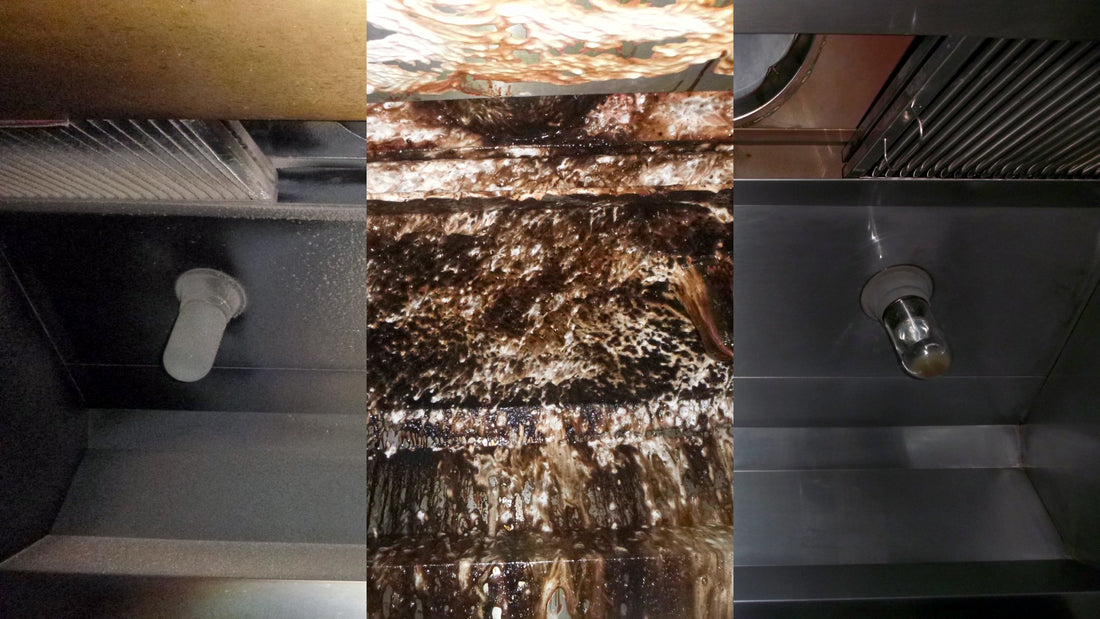Kitchen exhaust systems are critical components in the operational safety and cleanliness of culinary environments. This article delves into effective cleaning strategies and the foundational ABC's of kitchen exhaust cleaning, drawing insights from industry standards and practical experience.
A: Assess and Prepare the Cleaning Area
Assessment is the first critical step in the cleaning process. Before any cleaning occurs, it's essential to evaluate the system thoroughly. This includes checking the exhaust system's overall condition, identifying grease accumulation points, and ensuring that all electrical and gas connections are safely disconnected. Preparation involves establishing a clear and safe workspace, removing any kitchen equipment or food items from the area, and covering surfaces to protect against grease and chemical splatter.
Key Actions:
- Establish contact with the kitchen manager or designated contact person.
- Turn off and lock out all power sources to prevent accidental activation.
- Cover all kitchen equipment and surfaces with protective plastic or cloths.
B: Break Down and Clean System Components
The breakdown process involves dismantling the kitchen exhaust system into manageable parts for thorough cleaning. This includes the hood, ducts, and fans, which often accumulate significant grease and debris. Effective cleaning of these components usually involves a combination of hand scraping and pressure or steam washing, ensuring that all grease is removed down to bare metal as required by NFPA 96 standards.
Key Actions:
- Remove and clean filters and removable parts in a soak tank or via pressure washing.
- Scrape and wash the interior surfaces of hoods, ducts, and fans, paying close attention to crevices and hard-to-reach areas.
- Use appropriate degreasing chemicals and manual tools to ensure thorough cleaning.
C: Check, Confirm, and Conclude the Cleaning Process
After cleaning, it’s crucial to inspect the system meticulously to ensure all components are free of grease and debris. Reassemble the system, restore power, and conduct a final operational test to ensure everything functions correctly. This step also involves polishing external surfaces, confirming the reassembly of all parts, and finalizing paperwork and compliance documentation, such as a Certificate of Performance.
Key Actions:
- Perform a detailed inspection of the exhaust system.
- Reassemble all components and restore them to their original position.
- Test the exhaust system to ensure it is operational and meets safety standards.
Continuous Improvement and Compliance
Adhering to a routine cleaning schedule based on the volume of cooking operations is essential for maintenance and compliance with health and safety standards. Regular training for cleaning staff on the latest cleaning techniques and safety protocols ensures high standards and compliance with evolving industry regulations.
In conclusion, effective kitchen exhaust cleaning is pivotal for operational safety, fire prevention, and compliance with health regulations. By following the ABC's of cleaning—Assess, Break down, and Check—you ensure a thorough cleaning process that maintains the integrity and functionality of kitchen exhaust systems.

